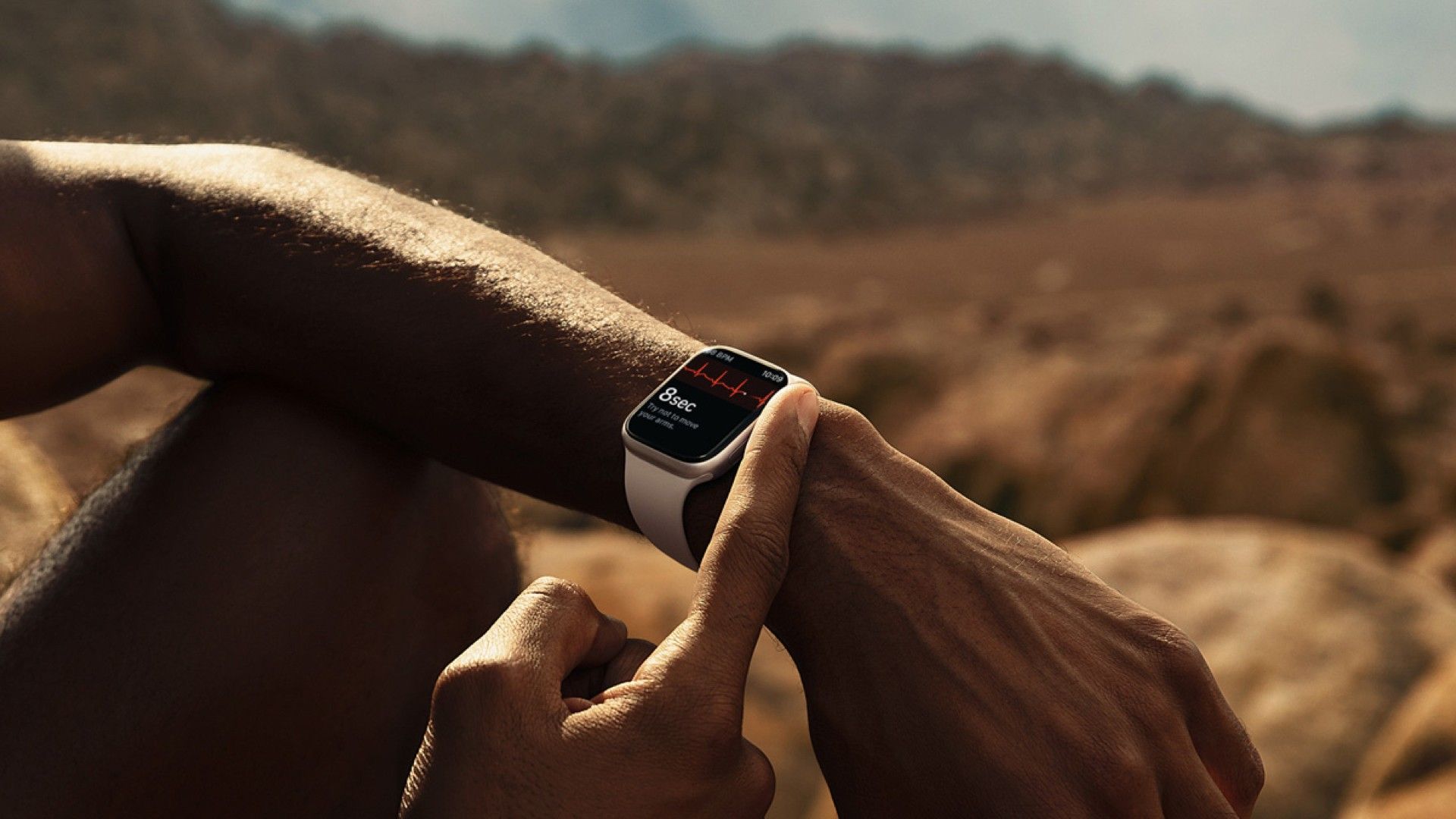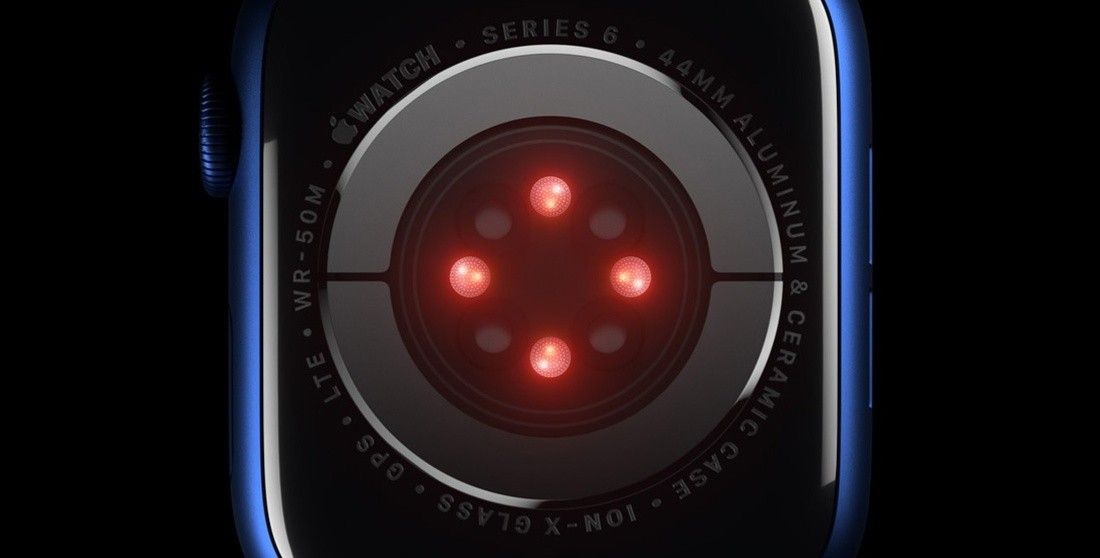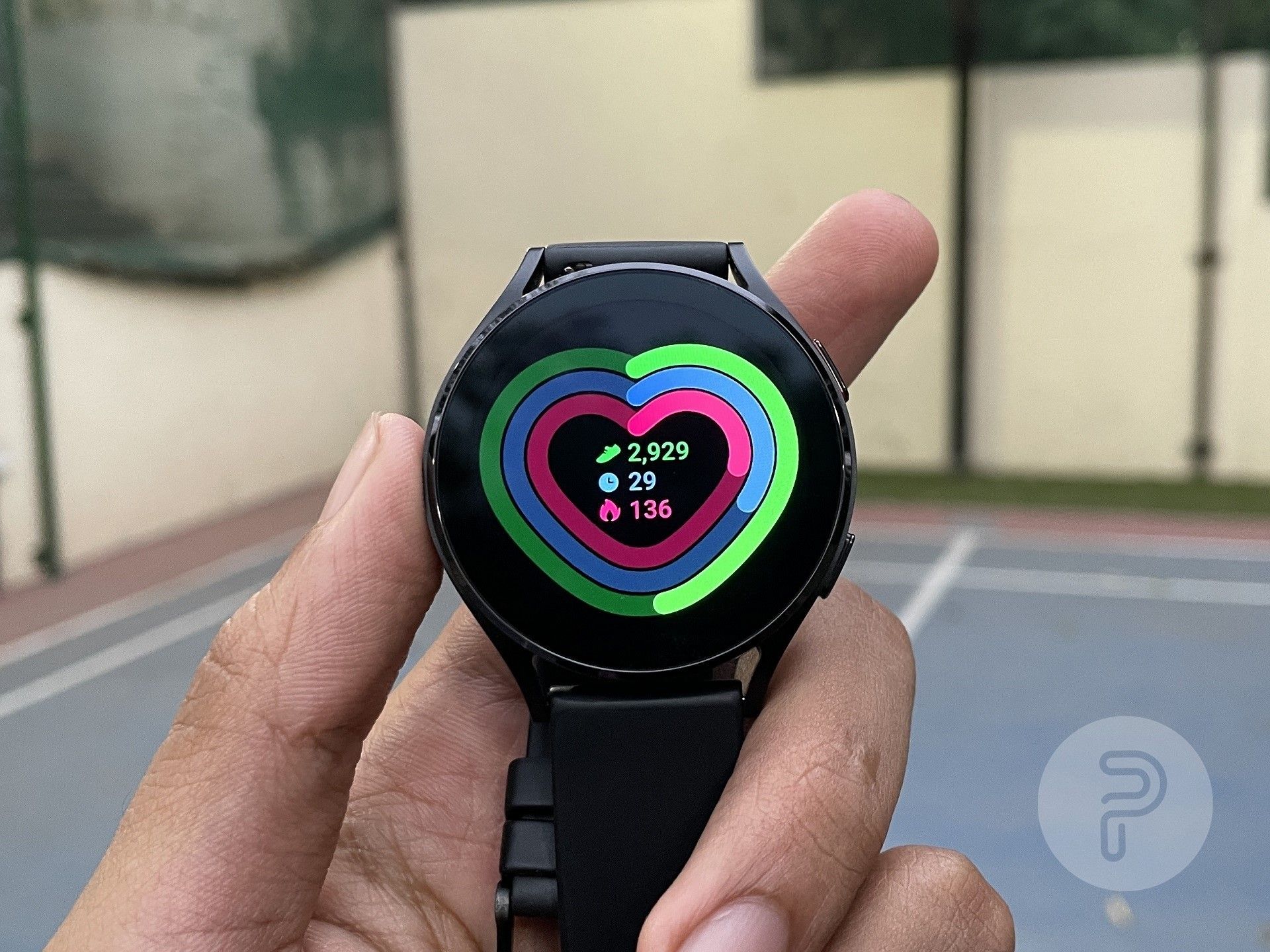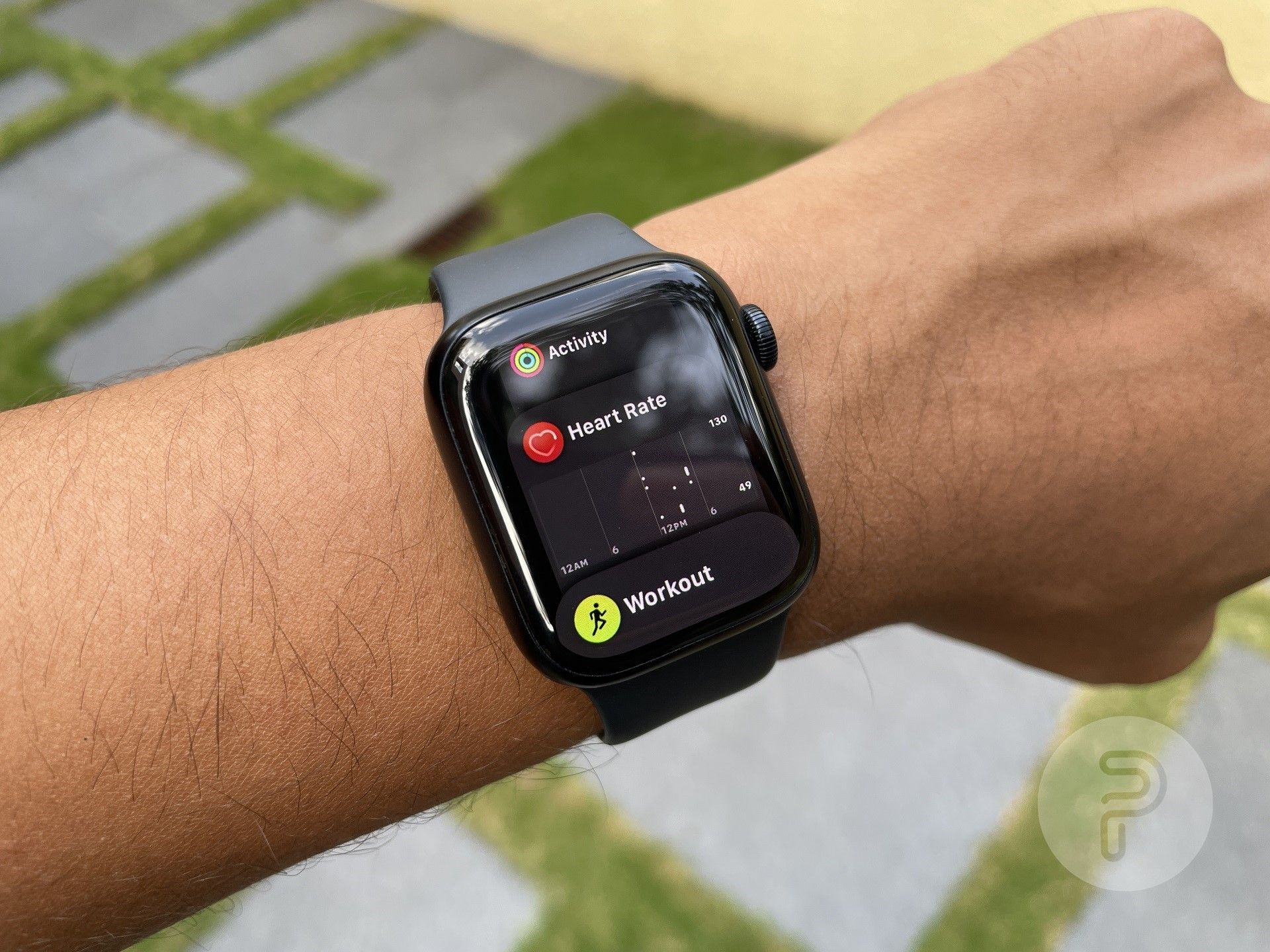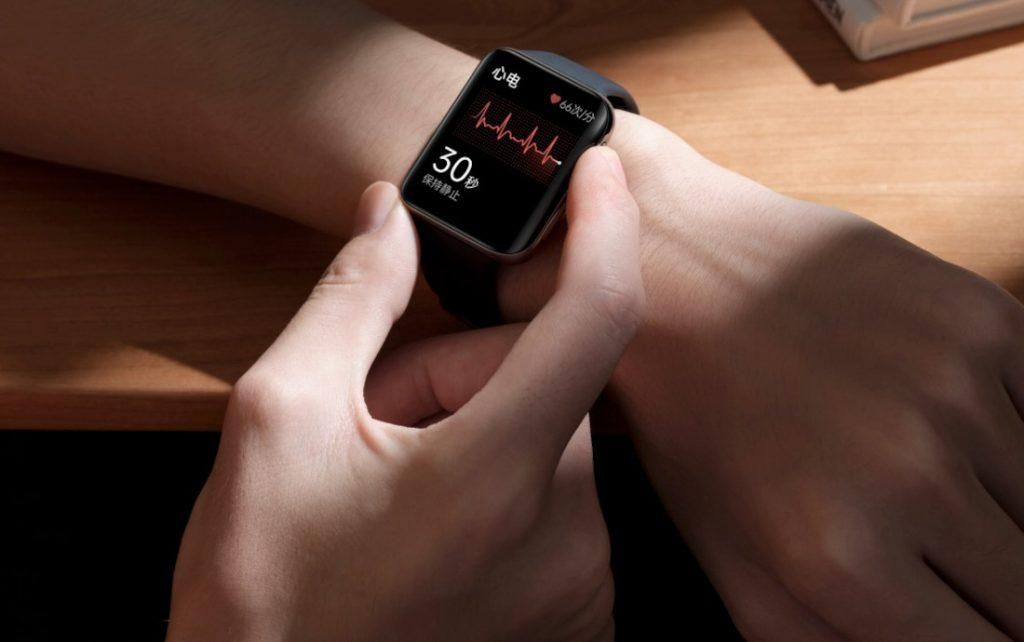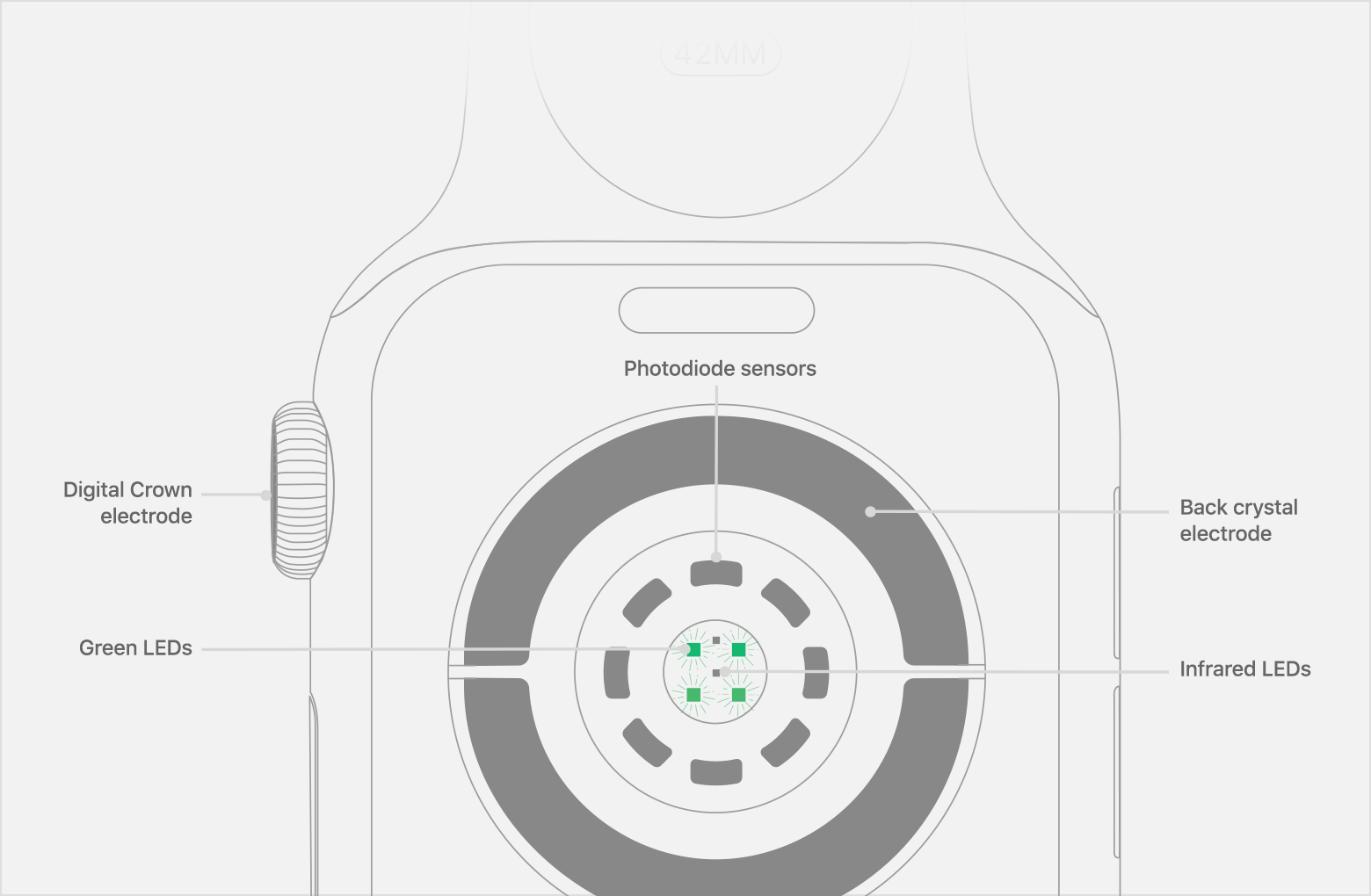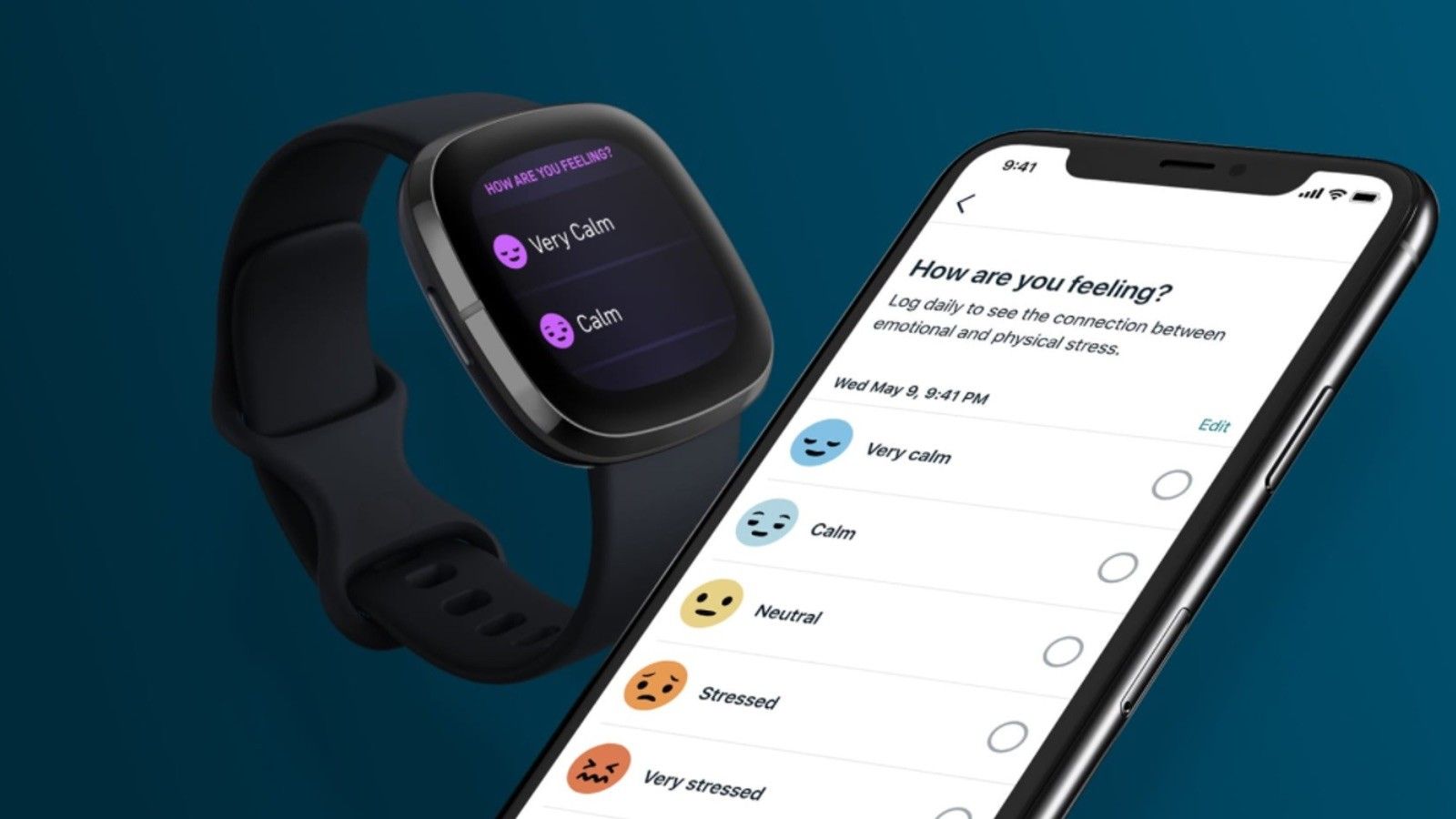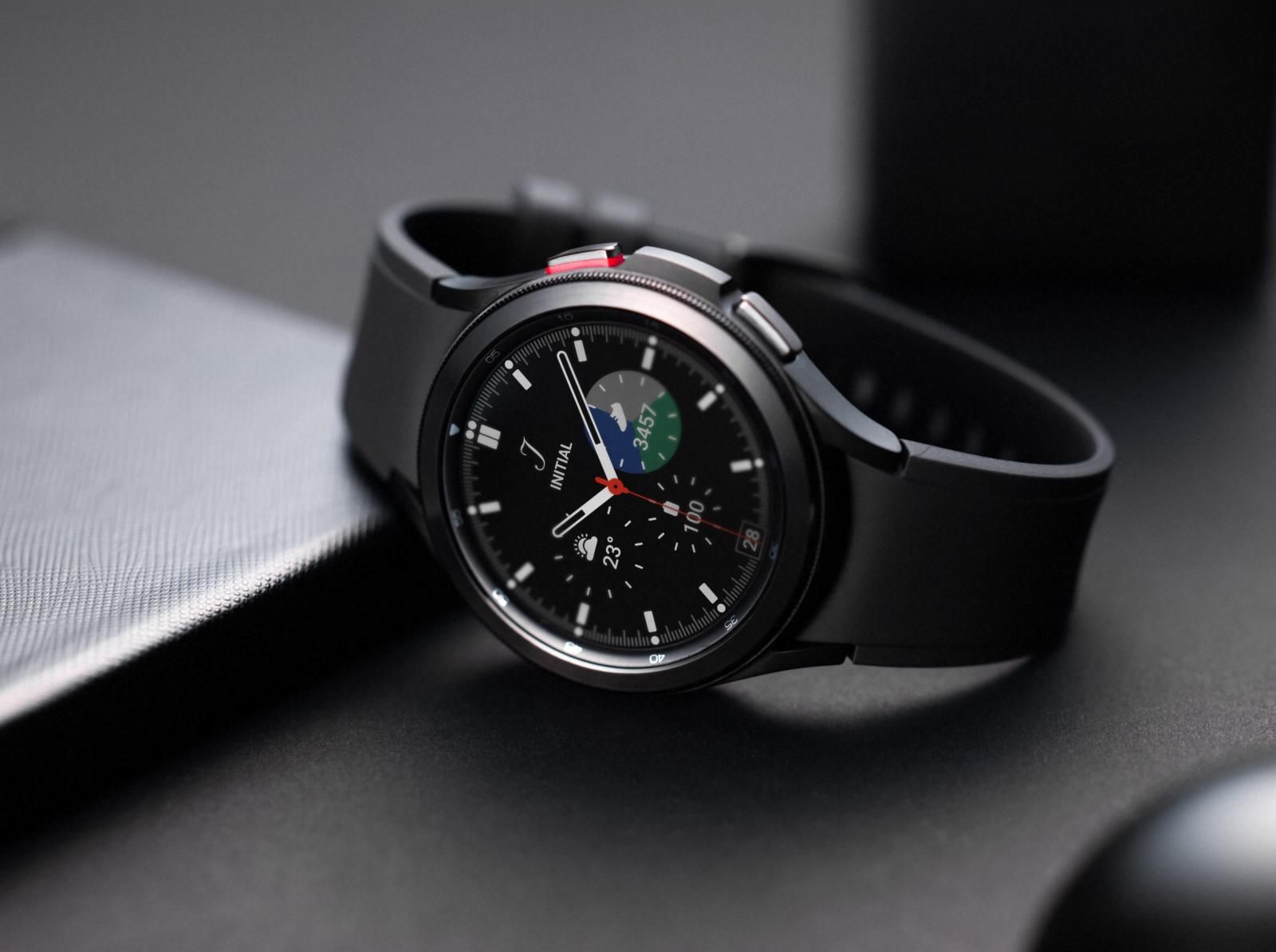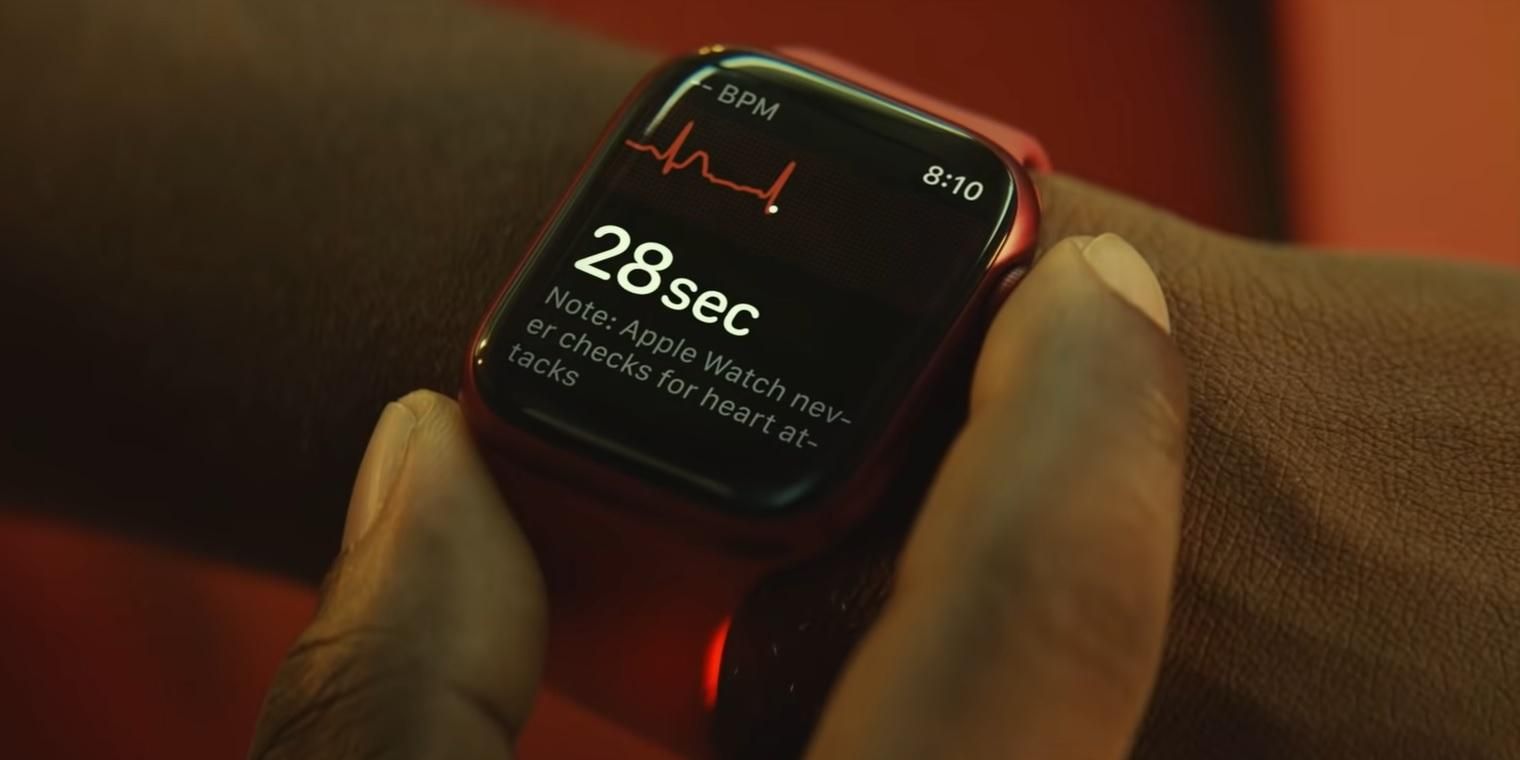Quick Links
Smartwatches have become an essential part of our daily life. Not only do they help us reduce screen time — by showing notifications and other important info on our wrists — but they also help us keep track of our fitness and body vitals. But, have you ever wondered how such a small gadget is able to measure pulse, SpO2, stress, ECG, arterial stiffness, and other important body vitals? Here's everything that you need to know!
Blood Oxygen (SpO2)
Blood oxygen or SpO2 level is the percentage of oxygen in the blood. Oxygen, as we all know, is vital for all organs of our body, and SpO2 tells us how much oxygen your red blood cells are carrying. It is considered a key sign that depicts the health of the human body. Usually, blood oxygen lies between 95% to 100%, but if it goes below 90%, it can cause distress in the nervous system, kidney, liver, and other vital organs.
Thankfully, most new smartwatches can measure blood oxygen levels, so in case it starts to fall, you can take precautions and necessary steps to maintain healthy levels. But before we move on to how smartwatches measure SpO2, let's take a look at how a conventional pulse oximeter measures the blood oxygen level.
Blood oxygen is measured using a technique called Transmissive Pulse Oximetry. In this, a sensor projects red-colored and infrared light onto your skin. The light enters the blood vessels containing oxygen. Haemoglobin, the protein particle of the blood that carries oxygen, absorbs some light and reflects some part of it. The intensity of light reflected depends on how much oxygen it's carrying (the darker the blood, the less oxygen).
A sensor then measures the amount of light that passes through the sensor and calculates the SpO2 level of your body using algorithms. However, since smartwatches don't have a receiving sensor on the other side, they rely on a different technique called Reflectance Oximetry. In this, a sensor on the smartwatch measures the difference between the light emitted and reflected to determine blood oxygen level.
-
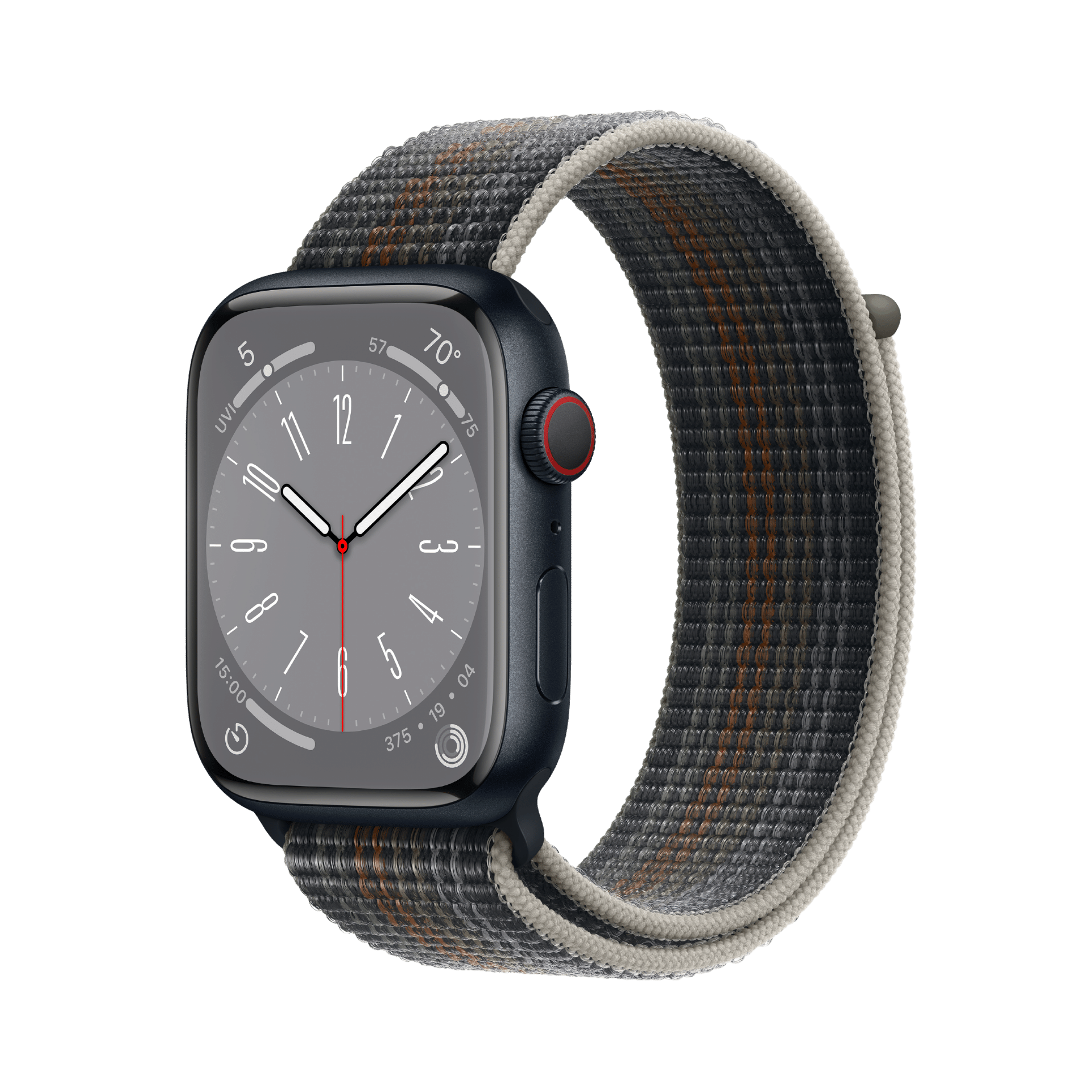
Apple Watch Series 8
Apple Watch Series 8 is still an excellent option for those looking for a new smartwatch in 2023, as it comes with a more affordable price tag and tons of sensors to keep track of your fitness levels and notifications. It promises an all-day battery life and a body temperature sensor to improve metric accuracy.
-
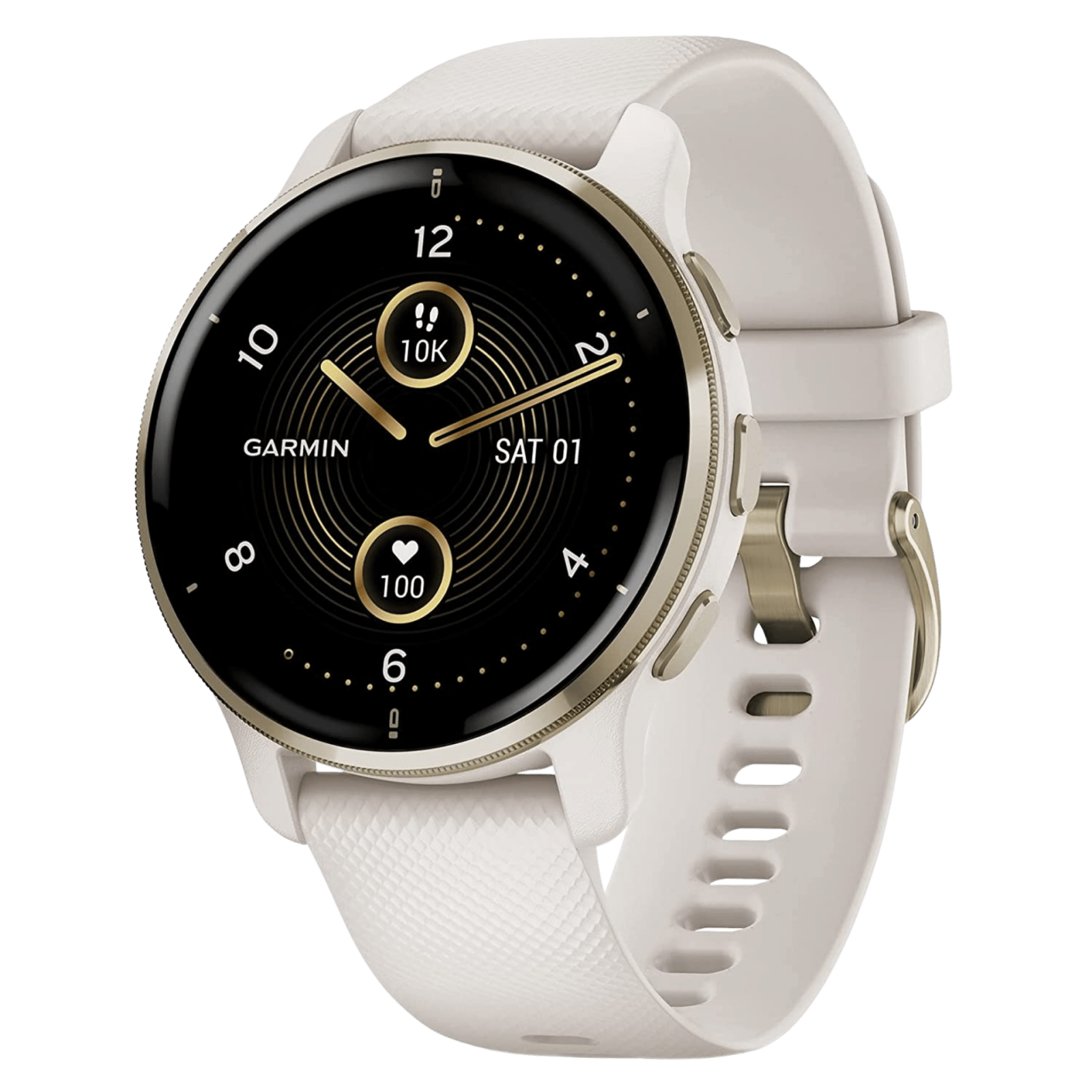
Garmin Venu 2 Plus
The Garmin Venu 2 Plus is a great companion for someone interested in fitness. It features several 24x7 monitoring capabilities and is compatible with Android and iOS devices.
-
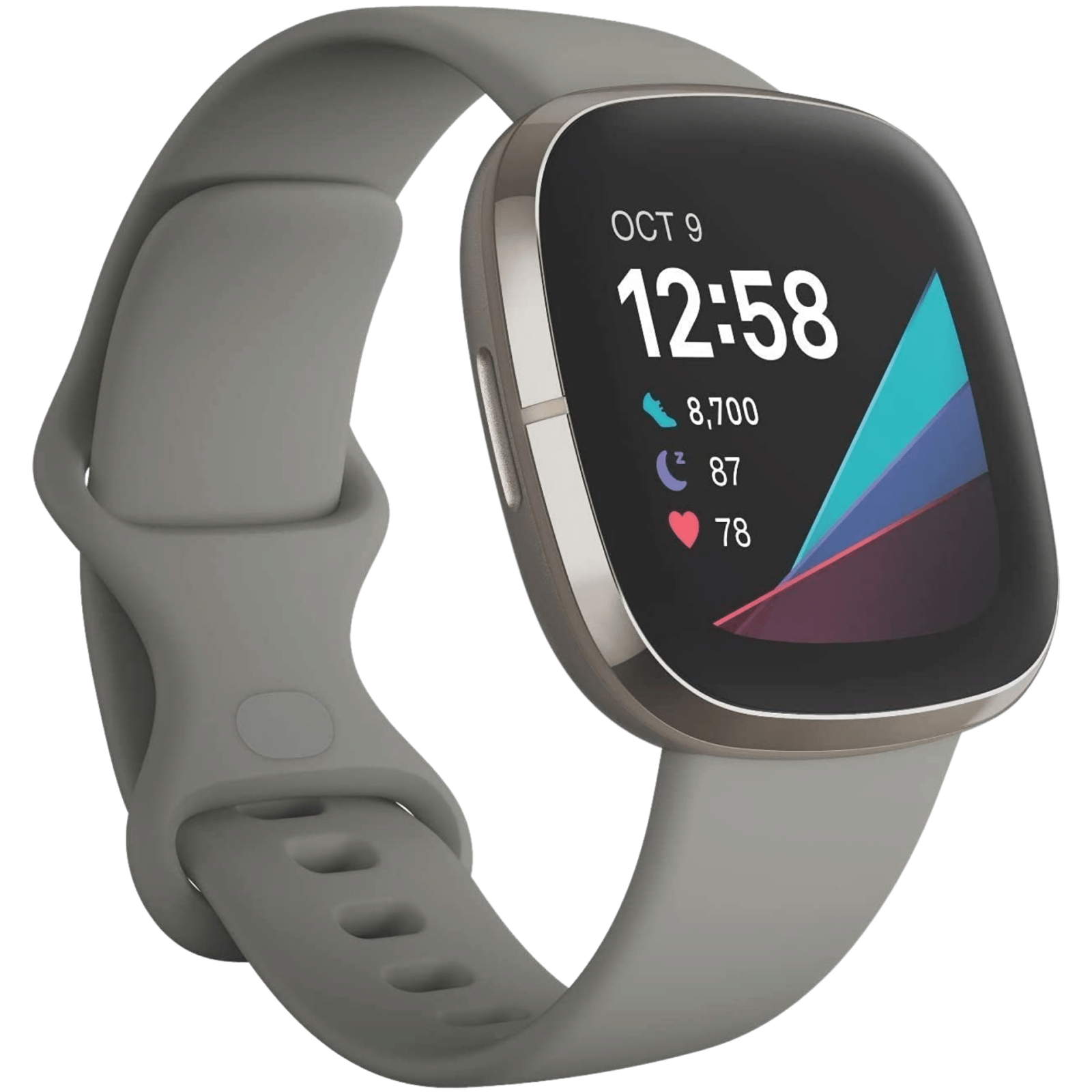
Fitbit Sense
The Fitbit Sense has an ECG sensor that can track many sports activities. It's one of the best fitness wearable devices on the market and works seamlessly with iOS and Android devices.
-
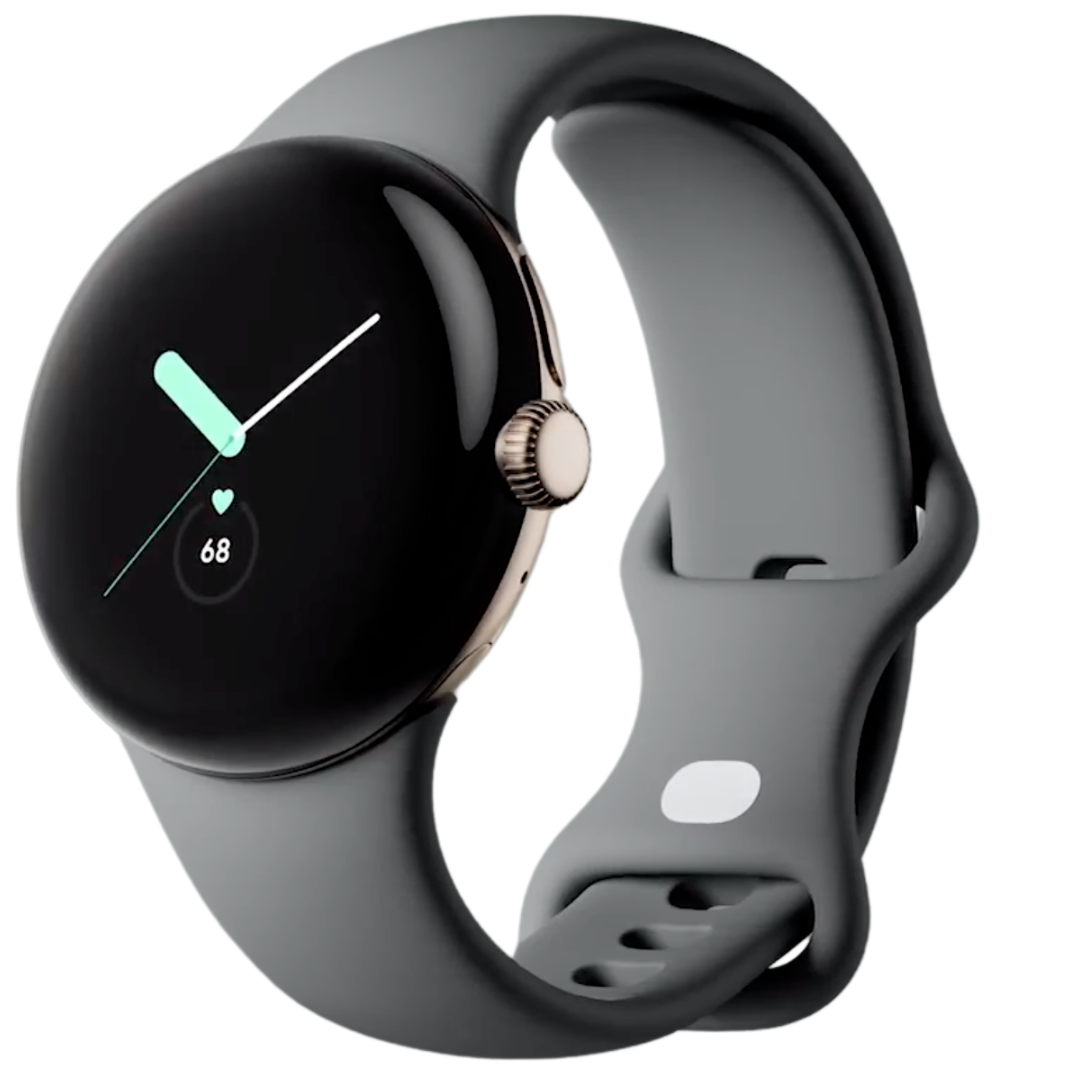
Google Pixel Watch
$290 $350 Save $60The Google Pixel Watch is the first smartwatch from the software giant, and it's been in the works for multiple years. The watch is powered by Wear OS 3 and has Google Assistant, Fitbit health tracking features, and more.
Heart Rate
Heart rate is another essential indicator that reflects body health. Most modern-day smartwatches come with the ability to measure heart rate. Heart rate (BPM) is essentially the number of times your heart beats in a minute. It varies depending on the activity you're doing. For e.g., if you're in a resting state, your heart rate might be low, but when you're working out, your heart beats faster, and thus heart rate is high.
The current-gen smartwatches make use of a technology called photoplethysmography, or PPG, to measure heart rate. In this, green light is projected on your skin using LEDs. While the light is being projected on your wrist, a sensor looks for the intensity of the green light that bounces off your skin.
The blood is red in color, which means that it absorbs green light and reflects red light. When your heart beats, more amount of blood flows into your wrist, which means that more green light is absorbed. Similarly, between the heartbeats, there's less absorption of green light since there is less blood, and thus more green light is reflected. A sensor on your smartwatch looks for the change in the intensity of the green light and calculates your heart rate using a series of algorithms.
In order for the sensor to work as advertised, the watch must be tightly wrapped to your skin — so that it can look for changes more precisely. This is the reason why the reading fails when you don't wear the watch tightly, as the sensor isn't able to read the change in intensity of light properly.
ECG
Most of the smartwatches sold today can measure heart rate, but an electrocardiogram (ECG) is a new thing that you'll find only on premium smartwatches and fitness trackers. Instead of just telling you how many times your heart is beating per minute, ECG tells you how well your heart is working. It can detect the heart's rhythm and electrical activity and can even help you detect heart problems like atrial fibrillation (AFib).
ECG on smartwatches works on the same principle as the ECG machines found in hospitals. In conventional ECG machines, 12 electrodes are connected to record the heart's activity. On the other hand, in smartwatches, two external electrodes are used in order to form a circuit, which then records the time and strength of your heart's electrical signal.
These external electrodes are built right into your watch. For e.g., in the Apple Watch (Series 6 and Series 7), one electrode can be found in the watch's digital crown, and the second electrode is the ring surrounding the other sensors of your smartwatch. When you touch the digital crown, a closed circuit between your finger, heart, and wrist is formed.
This helps the smartwatch record the electrical impulses and thus form an ECG. Of course, the strength of the signal isn't as strong as the conventional ECG machine, so smartwatches are embedded with multiple amplifier circuits and noise remover circuits to enhance the signal. The signal is then processed by multiple software algorithms that help the smartwatch form an ECG.
Wondering which smartwatches can take an ECG? Here's a collection of the best smartwatches that offer ECG functionality.
-

Apple Watch Series 8
Apple Watch Series 8 is still an excellent option for those looking for a new smartwatch in 2023, as it comes with a more affordable price tag and tons of sensors to keep track of your fitness levels and notifications. It promises an all-day battery life and a body temperature sensor to improve metric accuracy.
-
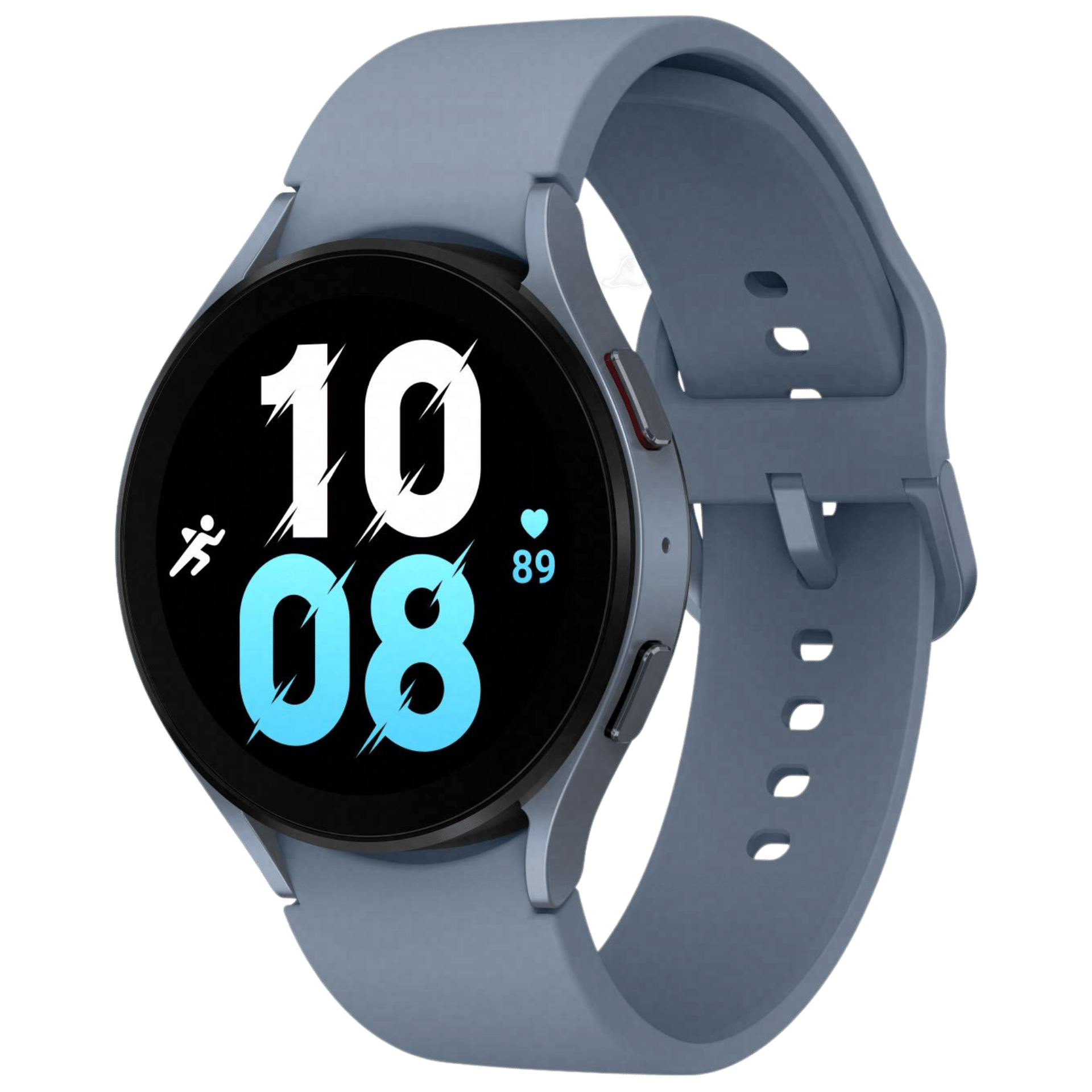
Samsung Galaxy Watch 5
$220 $280 Save $60Samsung Galaxy Watch 5 features iterative changes that improve the package sold previously. If you're looking for an affordable WearOS-based smartwatch, this is the best option to consider. It comes with improved battery life and faster-charging capabilities.
-

Google Pixel Watch
$290 $350 Save $60The Google Pixel Watch is the first smartwatch from the software giant, and it's been in the works for multiple years. The watch is powered by Wear OS 3 and has Google Assistant, Fitbit health tracking features, and more.
Stress
Source: Pocketnow
Stress is a feeling of emotional or physical tension that can negatively affect a person's health and well-being. Interestingly, a lot of smartwatches sold today can keep track of your stress levels and help you reduce them. But how does a smartwatch that is already monitoring blood oxygen, heart rate, and many other vitals of your body measure stress as well? Here's how a smartwatch can tell if you're under stress.
Smartwatches rely on the Heart Rate Variability (HRV) technology to determine the user's stress levels. Using this technology, the smartwatch measures the time variation between each heartbeat. The heartbeat of a person goes up when they're under stress, which leads to decreased time intervals between each heartbeat. Your smartwatch keeps track of the difference in the time interval between each heartbeat and can, hence, determine your stress levels. The lower the HRV, the higher the stress — lower HRV means the time difference between each heartbeat is low.
Some premium smartwatches make use of a dedicated sensor to detect stress. Fitbit's Sense smartwatch comes with the Electro Dermal Activity (EDA) sensor to detect the stress levels of a person. This sensor detects electrical changes in the sweat level of our skin and, coupled with other vitals such as heart rate and sleep, the smartwatch can accurately detect your stress levels.
Most smartwatches that are able to measure stress levels, such as the Fitbit Sense and HUAWEI's latest Watch GT 3 Pro, also come with features that help you reduce stress. These smartwatches come equipped with a breathing exercise mode that helps the body relax through long breathing sessions, thus reducing stress.
Body Composition
Some smartwatches, such as the Samsung Galaxy Watch 4, can also measure many body composition factors related to your health, such as fat mass, body mass, body water, basal metabolic rate, and more. Samsung says that the body composition sensor on the Watch 4 collects data from over 2,400 points and gives you a virtual picture of your body's composition.
But how does it work? Well, it's quite similar to how smartwatches take an ECG. You place two fingers on your smartwatch, thus completing the circuit. The smartwatch then sends low voltage currents to the body. Different elements, such as fat, water, muscle tissue, and bone, interact differently with the electrical signal. The output signal is then passed onto Samsung's proprietary algorithms, and the users get results comprising of their individual factors.
-
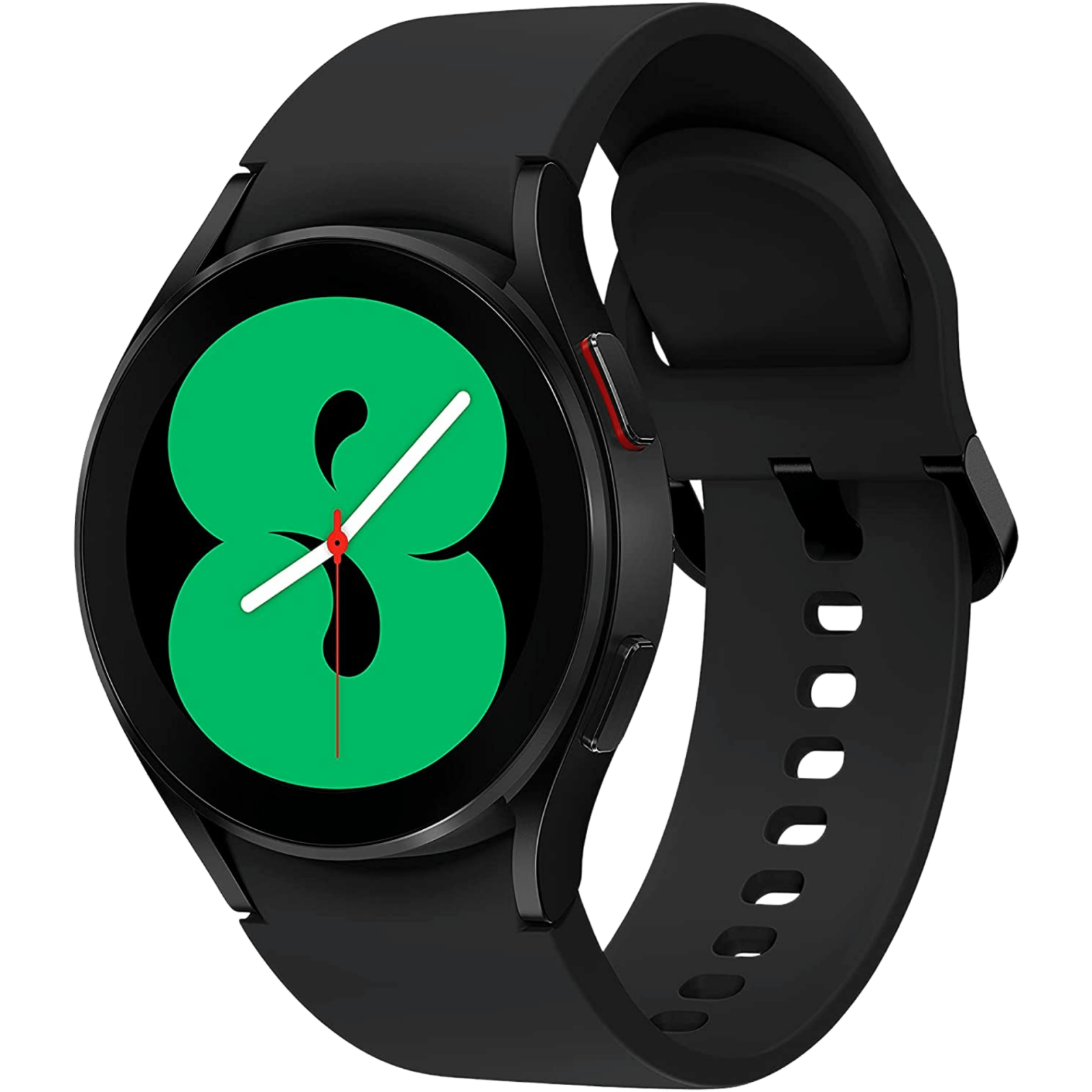
Samsung Galaxy Watch 4
$169.99 $199.99 Save $30The Galaxy Watch 4 is the best companion if you want to monitor your health and fitness activities. It's one of the most customizable smartwatches on the market and has excellent features to keep you focused.
-
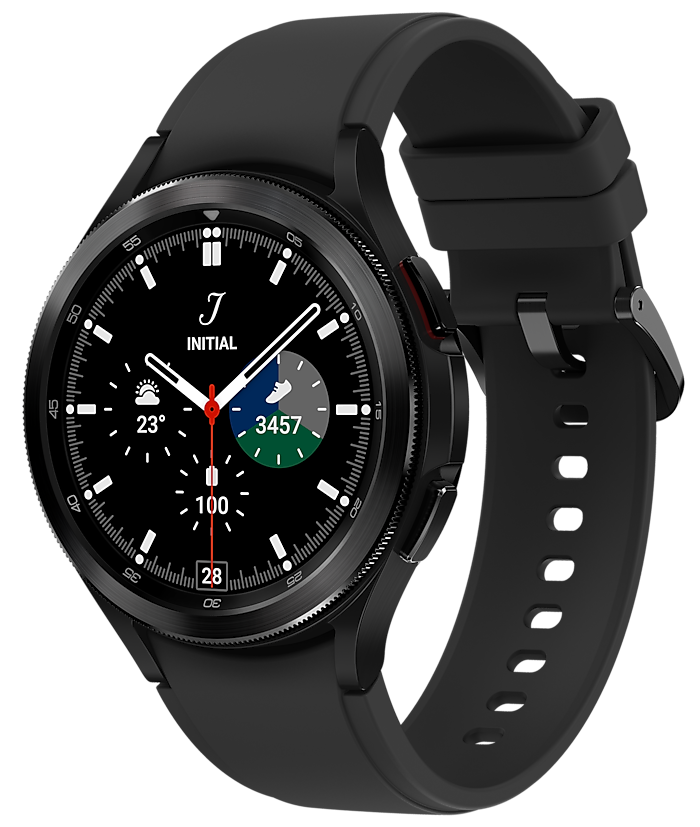
Samsung Galaxy Watch 4 Classic
$279.99 $399.99 Save $120Galaxy Watch 4 Classic is the device for those looking to own a traditional-looking timepiece that does more than meets the eye. It's one of the best smartwatches for Android users.
Should you trust smartwatch sensors for tracking your health?
While experts say that we should not (only) rely on smartwatches for measuring our body vitals, some studies have shown that smartwatches have become quite reliable than before. The sensors and algorithms have improved, leading to much better results. Of course, smartwatches cannot replace medical-grade instruments, but they have come a long and have proved to be a life savior in some cases.
And oh, while we're on this topic, make sure you check out my colleague Anton D. Nagy's piece on why you should stick to just one fitness tracker for best results.

